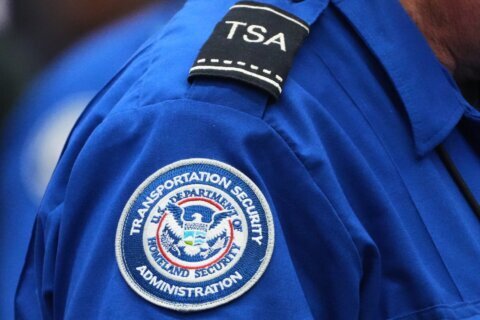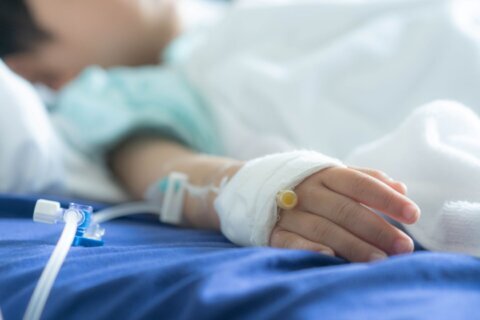The number of newly reported HIV cases this year is the lowest it’s been in Maryland in over 30 years.
That’s according to the Maryland Department of Health, which announced Tuesday that 997 new HIV cases were reported in 2018. That’s the lowest number since 1986, when 947 new cases were reported.
The highest rates of new infection (per 100,000) were in Baltimore City (224) and Prince George’s County (311). Below are some numbers of new diagnoses in 2018 by county:
- Anne Arundel County — 40
- Charles County — 22
- Frederick County — 22
- Howard County — 31
- Montgomery County — 123
“Though Maryland is one of the states hit hard by HIV, we have made substantial progress in reducing new infections over the past 10 years,” said state Department of Health Secretary Robert R. Neall in a statement. “We still have a lot of work to do, but today’s numbers are an encouraging sign that Maryland’s prevention and treatment efforts are working to achieve our goals.”
The low infection rate puts Maryland on track to support the U.S. Department of Health and Human Services goal of reducing the number of new HIV infections nationwide by 75% within five years and by 90% by 2030.
HHS’ “Ending the HIV Epidemic: A Plan for America” program gives funds to the communities most affected by HIV and supports landmark research to improve HIV prevention, treatment and care.
New HIV diagnoses in Maryland peaked in 1991, with 2,612 reported cases. Since 1981, when the state Department of Health identified the first HIV case in Maryland, more than 59,000 people have been infected with HIV, 41,000 of whom received an AIDS diagnosis. There have been more than 23,000 AIDS-related deaths, the health department said.
HIV, the virus that causes AIDS, is spread most often through sexual contact; shared or contaminated needles or syringes; infected blood or blood product; and from infected women to their babies at birth or through breastfeeding.
AIDS is a disease that weakens the immune system and gradually destroys the body’s ability to fight infections and certain cancers.
People can be infected with the HIV virus and not have AIDS, which is only diagnosed when they serious develop symptoms.
“The best way to protect yourself and your community is to take an HIV test,” said Maryland Deputy Secretary for Public Health Frances B. Phillips in a statement. “If you test positive, there are safe and effective treatments that can keep you healthy. If you test negative, there are multiple prevention options to consider, including PrEP, a daily pill to prevent infection.”
You can get tested through your local health department. Dec. 1 is World AIDS Day.








